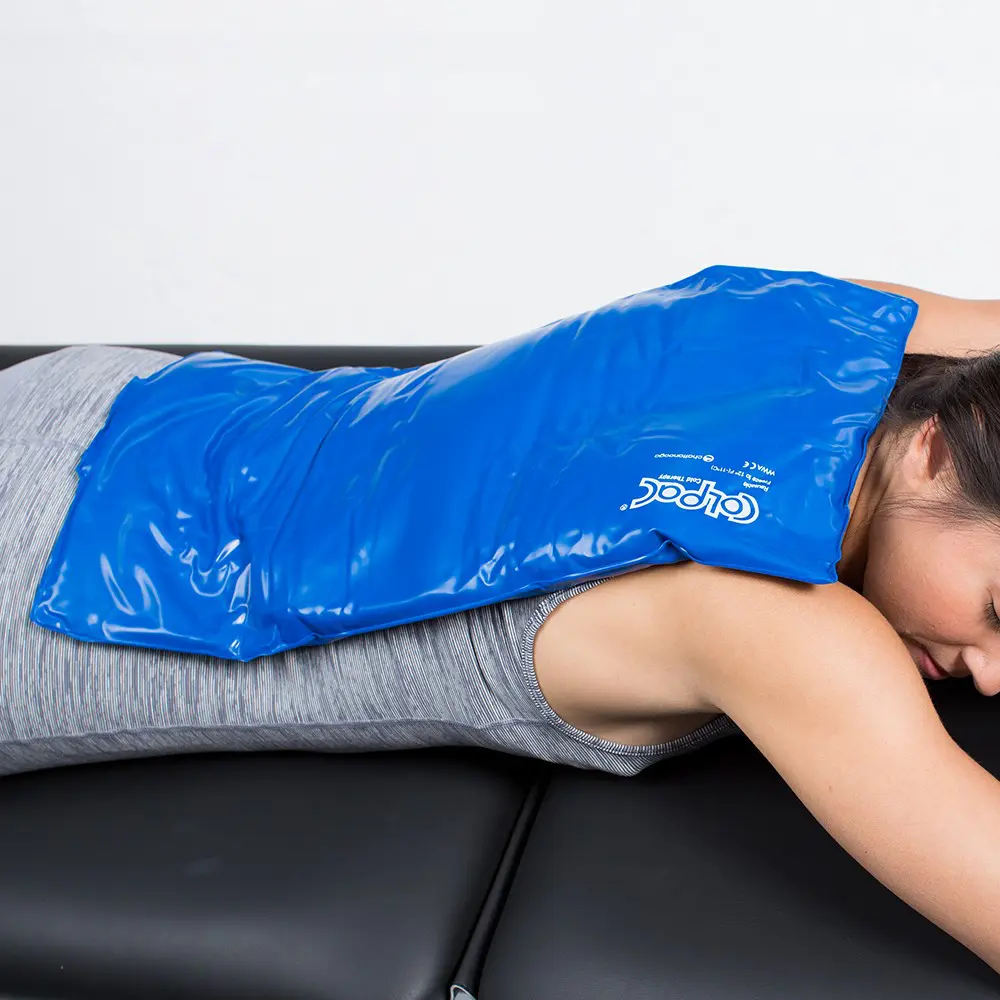Sports Injuries and Management
Should We Be Using Ice On Acute Injuries?
Does The Adapted M.I.C.E. Method Need Changing?
More recently there has been new consideration regarding the relevance around the application of ice with acute injuries. The R.I.C.E. method has been revisited in and some proposing a newer modified M.I.C.E. method where movement is encouraged rather than rest which aligns well with how we practice our or Sydney City and Randwick physio practices. But nowadays even the M.I.C.E. method is being questioned. There is some who have concern regarding the application of tried and trusted ice approach following acute injury and the rational regarding its use.
Does ICE Help Or Hinder Healing With Acute Injuries?
Does the application of ice potentially delay recovery following acute injury like a sprain or a strain? Application of ice following an acute sprain or strain has traditionally been used with the intention of managing both swelling and pain. The use of ice and cooling an area can result in vasoconstriction, such blood vessel constriction may not only reduce tissue oxygenation but inhibit the inflammatory response needed to initiate healing. The inflammatory response following injury is meant to increase vascular influx, subsequently bringing in all sorts of goodies to the injured site like; fibrinogen, platelets, leukocytes, monocytes and fibroblasts. All these “goodies” help in aiding the clean up of the mess created by injury and the laying down collagen and protein synthesis helping knit everything back together. The argument against the application of ice following injury is that cooling may limit all these “goodies” coming to the party and it is possible that if this initial inflammation reaction post injury is diminished then injuries may not heal as well, or recover as fast as they potentially otherwise could.
So for a classic ankle sprain engaging in some basic exercises like ankle pumping movements with some targeted compression and a little elevation at times of rest to help manage any excessive swelling may be enough. Accompanying this with some appropriate walking and loading exercises early on may turn out to be a better approach than the “old school” rest and ice method we have been using for so long.
Do We Still Use Ice At Sydney Physio Clinic?
For the record, in both our Randwick and CBD physio practices our physio team still use ice as part of the rehab process for many acute injuries. Where we often accompany any ice therapy with compression by delivering the cooling via a cryogenic compression device like the “power play” unit. We take the above mentioned vasoconstriction idea into account and as with all treatment approaches any rehabilitation process following injury is an individualized process, where any program is always tailored to the person and their specific injury circumstances. What is certainly clear is that if we look at the way physiotherapist practiced years ago the trend nowadays has shifted much more towards M.I.C.E. with an emphasis on early protected movement to promote healing far more so than even just a decade ago when even then the R. (rest) component was emphasized more literally than it is today.
Disclaimer: Sydney Physio Clinic does not endorse any treatments, procedures, products mentioned. This information is provided as an educational service and is not intended to serve as medical advice. Anyone seeking specific advice or assistance on Should We Be Using Ice On Acute Injuries? should consult his or her general practitioner, physiotherapist or otherwise appropriately skilled practitioner.


